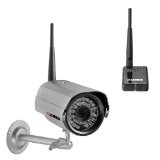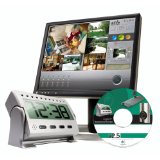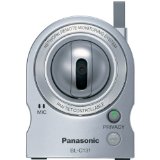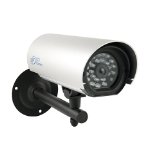Wireless Security Camera System
Find the Best
Deals and Products for your Wireless Security
System
Wireless Security
Home | Wireless
IP Cameras |
Home Security Systems from Remote
| ADT
Security
Systems
Wireless IP CameraWireless Security Cameras are a combination of three components: A camera, a transmitter to send the signal, and a receiver to receive the signal. A Wireless Camera transmits video from a built-in transmitter to a receiver, which is in turn plugged into either a monitor or other recording device.
Can I make a Regular Camera
Wireless? How far can Wireless Cameras
Transmit? What is Line-of-Sight (LOS)
Range? Just like home cordless telephones, TV reception, and cellular phones, these cameras can be temperamental and will not operate properly if they are placed too close to another electronic device, such as a cordless phone, television, or microwave. What is the difference between
various frequencies? 2.4 GHz 900 MHz 5.8 GHz When using this frequency, you are not sharing a radio frequency that is considered to be part of the public band, eliminating interference from other devices. It can also send a strong signal up to 2,000 feet. Will other electronic devices
interfere with Wireless Cameras? What is the difference between
a Wireless Camera and a Wireless Network Camera? A Wireless Network Camera (aka
"Wireless IP Cameras" or "Ethernet Cameras") transmits its
signal via standard computer networking cable. It has software
built-in on its chip that allows anyone on the network to view
the A/V data, just like a computer on a network. There is no
special software needed to view the camera. You can view the
images in a web browser by pulling up the IP Address assigned
to the camera.
|
Wireless Security
Home |Wireless
IP Cameras|
Home Security Systems from
Remote |ADT
Security
Systems |About Us |Contact Us |Privacy Policy
Copyright 2009. All Rights
Reserved
www.wirelesssecuritycamerasystem.us



